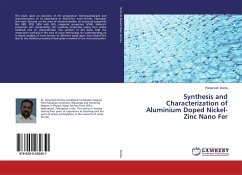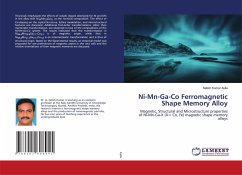Intermetallic based on iron aluminides (FeAl) have long been recognized as potential candidates for a variety of applications in the field of Science and Technology. However, the type of structures and phases formed are largely dependent on the preparation method and also on the elemental composition. Depending on the composition and temperature, the Fe - Al phase diagram also exhibits many intermetallic phases. Because of their simple crystal structure and high tendency to form ordered alloys, iron aluminides around 50 at. % Al represents an ideal substance to study the influence of atomic order on the magnetic properties. However, use of a non-equilibrium process such as mechanical alloying results in the establishment of intermediate magnetic phases. Along with nanostructuring and disordering, the presence of these intermediate phases would lead to interesting bulk and microscopic magnetic properties. It is therefore expected to be really rewarding to study such intermediate phases, both from an applications point of view as well as understanding the magnetic behaviour of these intermediate phases. Thus, the present book discusses the structural and magnetic evolution of ball milled nanocrystalline Fe-50 at. % Al alloy aiming at clarifying the mechanisms of formation of a solid solution obtained after MA and its effect on the corresponding magnetic properties.
Bitte wählen Sie Ihr Anliegen aus.
Rechnungen
Retourenschein anfordern
Bestellstatus
Storno








